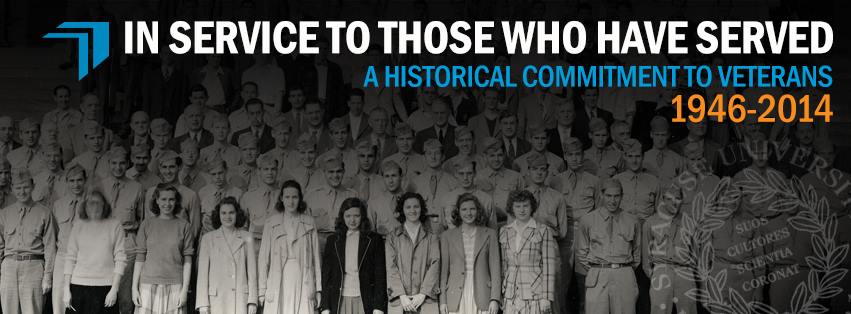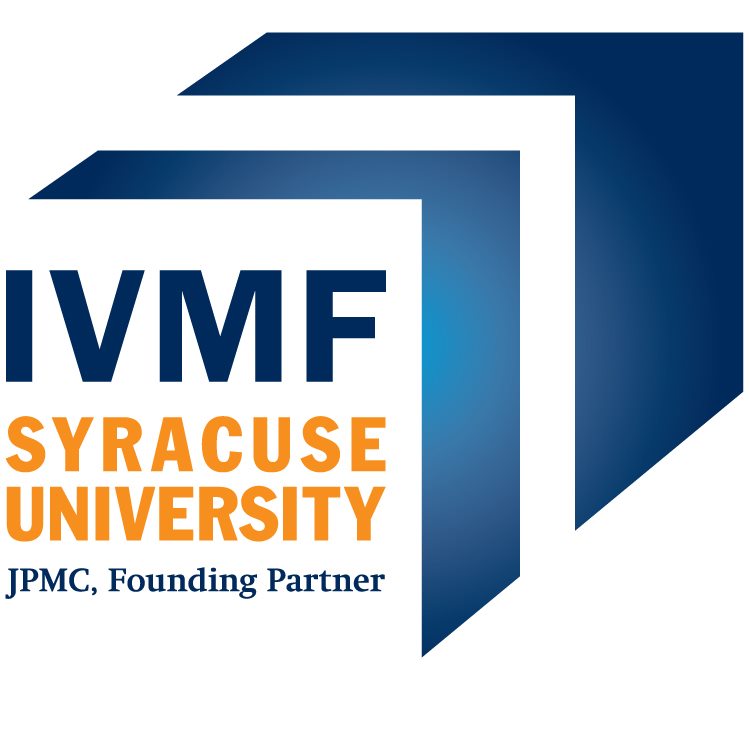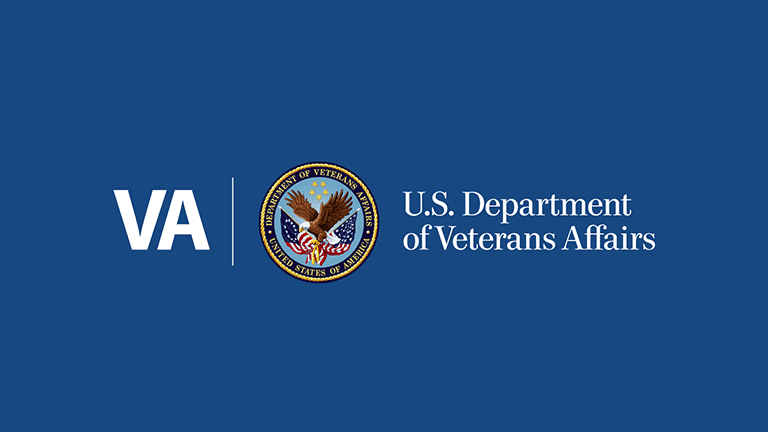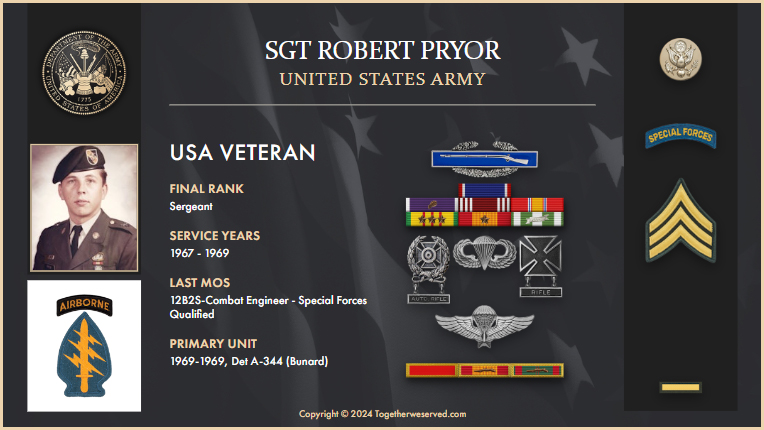 Trans–par–en-cy: an honest way of doing things that allows other people to know exactly what you are doing. At least that’s how MacMillan Dictionary defines it. But, to what extent do we dare use the word “transparent,” when it comes to practice, as in transparent practice? Perhaps not as much as we should, as revealed by the results of a recent review of community-based housing efforts serving Veteran families within the HUD Continuums of Care.
Trans–par–en-cy: an honest way of doing things that allows other people to know exactly what you are doing. At least that’s how MacMillan Dictionary defines it. But, to what extent do we dare use the word “transparent,” when it comes to practice, as in transparent practice? Perhaps not as much as we should, as revealed by the results of a recent review of community-based housing efforts serving Veteran families within the HUD Continuums of Care.
The more important question underlying the reported lack of community-based transparency among housing providers might be, “How do we build greater transparency into provider practices operating in communities to better serve Veteran families?”
Recently, Syracuse University’s Institute for Veterans and Military Families (IVMF), in partnership with the U.S. Department of Veterans Affairs (VA), the Long Island Continuum of Care (COC) and VA Supportive Services for Veteran Families (SSVF) grants participating in IVMF’s VA SSVF Community of Practice (CoP), completed the design and implementation of a first-of-its-kind, transparent, or ”open” Homeless Management Information System (HMIS) architecture to better support community-based practitioners operating on Long Island, N.Y.
Most community-based housing providers know HMIS as a regional database used to simply collect data about persons who are homeless or at-risk of homelessness, and the services provided to them. But, for the SSVF grants operating on Long Island, HMIS is the basis of transparency, supporting data-sharing between SSVF providers operating in the same continuum of care.
To understand this dynamic better, think of these information architectures as a series of traffic patterns with information traveling down many “streets.” Imagine the providers as cars, traveling down a series of one-way streets, inputting data – in this case, information about persons who are homeless. Within this traffic pattern, the streets don’t intersect so the providers never cross paths. Now, picture the same “traffic pattern” as a series of traffic circles, in which data is collected by the providers in the circle and also shared freely among- them, so that they can see one another’s information at all times. This is what open or transparent information architectures look like to VA SSVF providers operating on Long Island.
 Equally important, the Long Island COC has used the transparency stemming from that open information architecture as a way to cut back on the risk associated with “closed” HMIS architectures. Every day, well-intentioned organizations serving in the same COC are unable to share data among themselves, because they operate on a closed platform. As some of New England’s SSVF providers have found, this practice does not lend itself to true collaboration within the COC.
Equally important, the Long Island COC has used the transparency stemming from that open information architecture as a way to cut back on the risk associated with “closed” HMIS architectures. Every day, well-intentioned organizations serving in the same COC are unable to share data among themselves, because they operate on a closed platform. As some of New England’s SSVF providers have found, this practice does not lend itself to true collaboration within the COC.
In response to practitioners’ concerns that multiple SSVF providers in the same continuum could potentially be serving the same Veteran families, IVMF looked within its community of practice for potential solutions to create and embed transparency in the HMIS architecture, with the goal being to enable the four Long Island VA SSVF grantees to ”see” one another’s clients. Our goal at Syracuse was to ensure that more than one provider was not simultaneously serving the same Veteran family through their VA SSVF resources, to remain a good steward of VA’s investment.
The University of Vermont’s Translational Sciences Department – also a VA SSVF provider – supplied the needed insight to create a transparent HMIS architecture for its peer SSVF organizations on Long Island. In support of their statewide SSVF grant serving Vermont and eastern upstate New York, the university administers its own system and employs a specialist who – by establishing a series of memoranda of agreement and common protocols – developed an open HMIS architecture for the university and for the state.
Through our institute’s community of practice at Syracuse, the university’s open information architecture was shared with other SSVF providers operating in the same continuum of care. Our institute regularly convenes its community members to increase the performance and quality of SSVF services. During a recent staff development seminar, Long Island’s providers requested IVMF’s assistance with developing a similar arrangement. From there, the effort began to bring greater organizational transparency within the Long Island continuum of care.

Members of the Long Island Community of Practice meet for training on the data system.
The U.S. Department of Housing and Urban Development requires that its regions establish and use an HMIS – to receive HUD funding, but not that these regions take steps to ensure the transparency of data to its providers. The Long Island HMIS has operated since 2002, and collects data from more than 40 providers and 200 housing and services programs on Long Island. Historically, the Long Island region has not shared data between providers in the HMIS; each provider only had access to its own populated data. VA’s award of SSVF funding to four different Long Island providers presented an opportunity to maximize collaboration between SSVF grantees and streamline program operations to better serve Veteran families.
Recognizing the value in sharing data, the Long Island COC challenged its four SSVF providers to share data among themselves in HMIS, to ensure that VA’s resources would be distributed more efficiently; today, all four providers use HMIS to find out whether a potential client has already been approached or assisted by other providers. Like cars sharing space in a roundabout, the sharing of information by providers allows other people to know exactly what they’re doing.
I can’t think of a better way to avoid a potential “collision.”
HUD, HHS and VA released the new 2014 HMIS Data Dictionary and Manual that go into effect on Oct. 1. The new standards are intended to simplify how providers satisfy reporting requirements and how data is organized and shared. It is a significant step toward data sharing across Federal programs. Find the details here.
The IVMF SSVF Community of Practice is supported by a number of products, including ongoing professional development and staff training, leader engagement, accreditation mentoring, and recognition of class-leading and innovative SSVF practices. By design, the CoP is organized and resourced to complement VA’s technical assistance and oversight efforts and focusits activities within communities by being responsive to the requirements of SSVF grantees.

Topics in this story
More Stories
Summer can be a joyful time of year, but some outdoor activities can be hard for some Veterans. In this guest post, former VA Secretary Bob McDonald shares resources and plans to navigate summer activities.
"A CAPITOL FOURTH" airs on PBS Thursday, July 4, 2024 from 8:00 to 9:30 p.m. E.T.
The following is an account from Army Veteran Robert Pryor on how he was able to find and reconnect with the pilot who saved his life in Vietnam.







Please email me the VA Secretary’s fax number. I want to pass on a suggestion for eliminating the VA hospital problems.
Thomas, we don’t give out that sort of information, but if you would like to email us your suggestion, we can certainly make sure it gets to the appropriate point of contact. newmedia@va.gov
Thank you!
I have already submitted my question
Thanks for the article, but i don’t understand how it will be helpful for common man like me. And what should i learn from this, need some help on this.
The local newspaper reported that among the thousands of homeless in Santa Rosa, CA, an exceptionally wealthy city there are some 400 homeless veterans. The smug citizens with “support the Troops” bumper stickers are doing nothing. There is ample money available to build shelters for the homeless, but the people oppose it. They want the money to go to such nonsense as a wine museum.
Michiel Moland July 29, 2013
10922 Myrtle St. Apt. A
Downey, CA 90241
I recently learned of programs’, to help supporting our veterans such as; Veteran’s Stand Down, Wounded Warrior and Homes for Veterans through another veteran, I wish to do something. Example something like: “Operation Black Hills Cabin in Custer County SD,” “ http://www.operationblackhillscabin.org/.”
I myself a Retired Army Veteran, in which I have served from, 1971 to 2012, to include in several combat conflicts.
I currently own property in Susanville, CA. It is approximately forty (40) acres in the Eagle Lake Area within Lassen County. I wish to lend my Northern California land for such veteran activity, such as the Stand Down, R&R, Vacation, Retreats, Camping, Develop Homes for the Homeless, place shelters RV or mobile homes or any other programs and services that assist the Department of Veterans Affairs, the military, disadvantaged veterans and their families.
I do not seek any monetary compensation. I only ask that after developing and utilizing the area, it be cleaned-up and to plant trees. I do this as a compassionate act for my fellow comrades who have served honorably, and therefore, the reason I write this letter.
If you wish to discuss this further or have any questions, please do not hesitate contacting me e-mail michielmoland@us.army.mil, or michiel.moland@outlook.com.com or at the address above.
I am including fellow veteran, Maria Bustamante, as a POC as well my concierge. Her telephone number (510) 496-6068 and e-mail address is: ImpressivePBS@aol.com,.
I look forward to hearing from you.
Sincerely,
Michiel Moland
Huh?? how does this help me ?
I’m a veteran who served my country back in 1982-1985. Now i’m fixing to be homeless,lost my electricityon the 22nd of May, Trying to stay in school here at PTEC Clearwater, I had recently lost the VRAP money that was given out in March 2014 because I had missed too many days, but I had documentation showing the days I had missed. My Question is what is out there for me since I don”t qualify for HUDVASH?
Q. Does anyone think the problem is there is too much government?
A. Only people not in government.